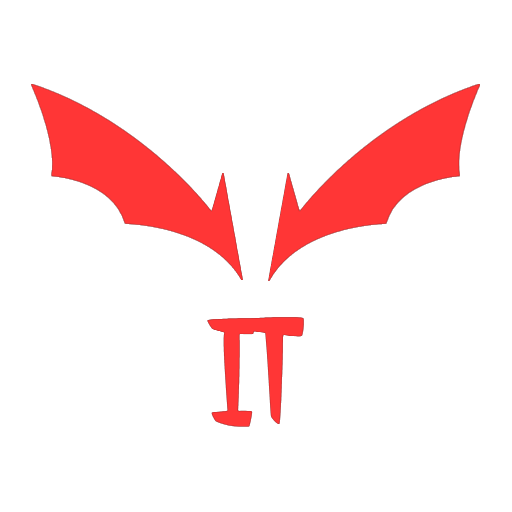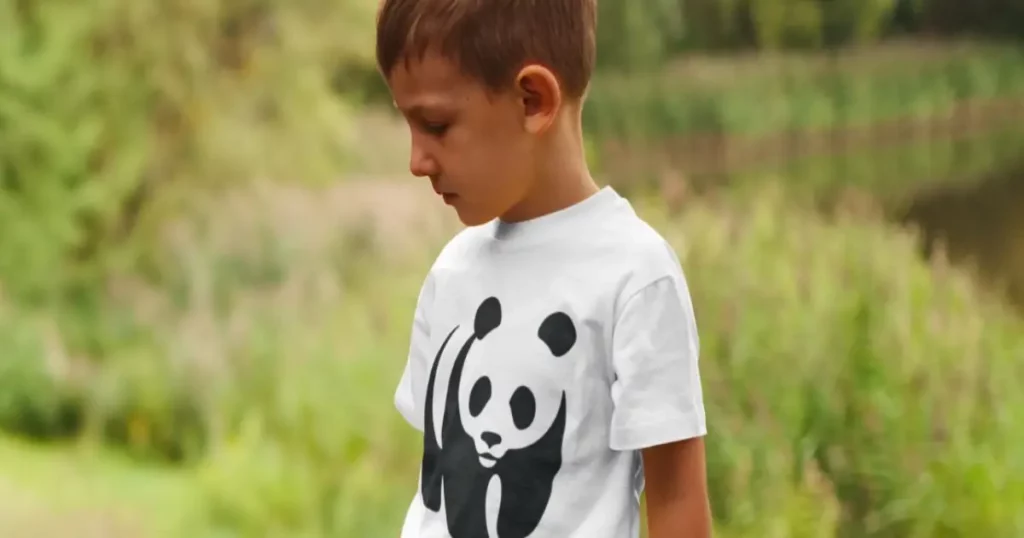No products in the cart.
Blog
What Size Is Youth Small T Shirt? Find The Perfect Choice For Your Child
When it comes to customizing T-shirts, there’s a world of possibilities. You can choose from a variety of styles, designs, and artwork placements to create the perfect shirt for your child. However, one critical factor to consider is the size of your artwork, especially when dealing with youth small T-shirts.
Whether you’re into crop tops, V-neck tees, scoop neck tees, short sleeve tees, cap sleeve tees, or three-quarter sleeve tees, understanding the sizing is essential for a successful design.
In this article, we’ll explore some of the sizing guidelines for youth small T-shirts and offer some tips for determining the right size for your child.
Youth Small T-Shirt: Standard Sizing for T-Shirt Artwork
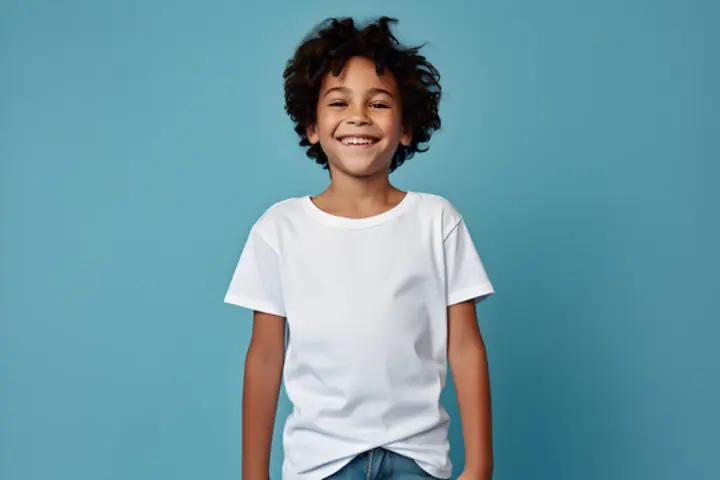
Before diving into the specifics of youth small T-shirt artwork sizing, let’s first take a look at some standard sizing recommendations for various placement options:
Full Fronts:
When you’re creating a design for the full front of a T-shirt, it’s essential to strike a balance between impact and aesthetics. Here are some key considerations:
- Recommended Size: The standard recommendation for a full front design is around 11 by 11 inches.
- Design Elements: Ensure that your design elements, such as text, graphics, and images, are appropriately scaled to fit within this space. Consider the placement of the design in relation to the collar and hem for a visually pleasing outcome.
- Visibility: A full front design is meant to be highly visible, so make sure it can be easily seen when the T-shirt is worn.
Left Chest Design:
Left chest designs are a classic choice for company logos, team emblems, or smaller graphics. Here’s what to keep in mind:
- Recommended Size: A left chest design typically measures four and a half inches by four and a half inches.
- Placement: Position the design on the left side of the chest, usually over the heart. Pay attention to the distance from the collar and ensure symmetry.
- Simplicity: Due to the smaller size, left chest designs are often simpler and feature concise elements for clarity.
Hat Graphics:
Designing for hats requires specific sizing considerations to ensure a harmonious look. Here’s what you should know:
- Recommended Size: Hat graphics should be approximately five inches by three inches.
- Placement: Keep the design centered on the front panel of the hat. Avoid going larger than two and a half inches to prevent overlapping with the hat’s crown.
- Shape: Consider the shape of the hat’s front panel when designing to ensure that the graphic complements the curvature.
Upper Back Prints:
On the upper back of a T-shirt can be an excellent opportunity to add additional branding or visual interest such as sunshine or flower. You can consider these points:
- Recommended Size: Upper back prints are best kept within three inches in size.
- Placement: Position the artwork towards the upper center of the back, allowing it to be visible when the shirt is worn.
- Balance: Ensure that the size and placement of the upper back print do not overwhelm the overall design or create discomfort for the wearer.
Tag Prints:
Tag prints offer a subtle yet effective way to include branding or additional information. Here’s what to consider:
- Recommended Size: Tag prints should typically range from two and a half to three inches in width.
- Placement: These prints are usually located on the inside tag area of the shirt. Ensure that they are easily readable and not too small.
Determining the Right Size for Your Children
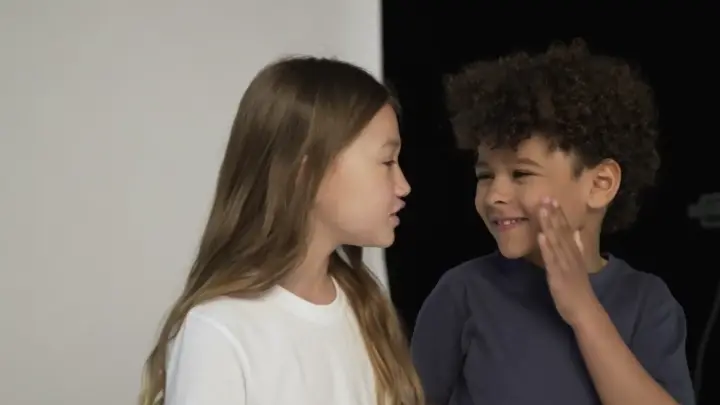
Now that you’re familiar with the standard sizing recommendations, you might be wondering, “What size should I choose for my child?” The answer largely depends on your specific design and aesthetic preferences. Here’s a simple method to help you gauge the size of your T-shirt graphic:
Use a Piece of Paper and a Ruler:
- Select Your Placement: Decide where on the T-shirt you want to place your design. Whether it’s the full front, left chest, or another location, the placement will affect the ideal size.
- Choose Your Design Dimensions: Refer to the standard sizing recommendations mentioned earlier for your chosen placement. For instance, if you’re aiming for a full front design, the recommended size is around 11 by 11 inches.
- Measure and Cut: Using a ruler, measure out the dimensions of your desired artwork size on a piece of copy paper or notebook paper. For example, for a full front design, measure and cut an 11 by 11-inch square.
- Visualize the Artwork: Hold up the paper with your cutout design in front of a mirror or ask someone to hold it against their chest. This step allows you to visualize how your design will appear on the T-shirt.
- Adjust as Needed: Based on your visualization, assess whether the size feels right and proportionate to the shirt. If it looks too small or too large, make adjustments accordingly. This process allows you to fine-tune the size before printing anything.
Print a Mock-up:
- Prepare Your Idea For Your Child: Ensure that your design is ready for printing, and you have it saved in the correct dimensions.
- Print at Size: Use a printer to print your artwork at the desired size. For instance, if you want your design to be 10 inches wide, make sure it prints at exactly that size.
- Position on the T-shirt: Take your printed design and place it on the T-shirt where you intend to apply the artwork. Pay attention to the positioning, such as the distance from the collar or centering.
- Visualize the Final Look: By physically placing the printed design on the shirt, you can get a realistic sense of how it will appear when printed. This step ensures that you are confident in the size before proceeding.
Using Easy View Designer:
If you’re using the Easy View Designer, which is a handy tool for designing custom T-shirts, you can use the following steps to gauge the size of your artwork:
- Design Your Artwork: Create your design within the Easy View design center, ensuring it matches your intended placement on the T-shirt.
- Access the Mock-up: Click on the “Apparel Share” button within the Easy View design center. This feature generates a mock-up of your design on a T-shirt.
- Review and Adjust: Examine the mock-up to get a rough idea of how your artwork will look on the garment. Keep in mind that while this is a useful tool, it may not provide precise measurements. Use it in conjunction with the paper and ruler method or physical mock-ups to ensure accuracy.
How to Decide the Perfect Size of a Youth Small T-shirt?
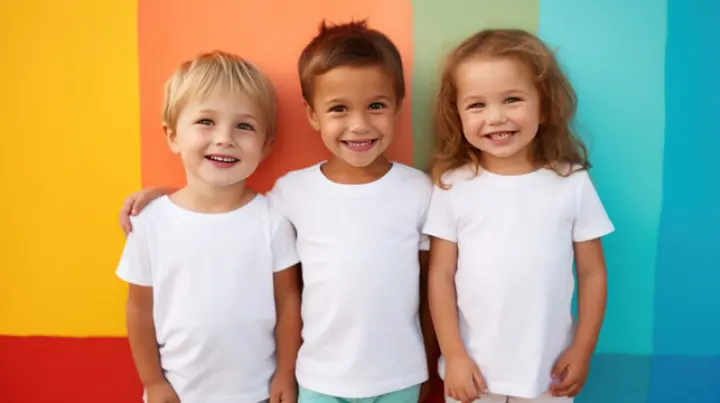
Choosing the perfect size for a T-shirt can make all the difference in how comfortable and stylish it feels when worn. Whether you’re shopping for yourself or designing custom T-shirts for your business, finding the right fit is crucial. In this guide, we’ll walk you through the steps to decide the perfect size for a T-shirt.
Know Your Body Measurements:
The first step in determining the perfect youth small T-shirt size is to know your body measurements. You’ll need to measure key areas to ensure a proper fit:
- Chest: Measure the fullest part of your chest while keeping the tape measure snug but not tight. This measurement will help you determine the width of the T-shirt.
- Waist: Measure your waist at its narrowest point. This measurement can be useful for fitted or tailored T-shirts.
- Hips: If you prefer a looser fit or plan to tuck in your T-shirt, measure your hips at their widest point.
- Shoulders: Measure from one shoulder’s edge to the other across your upper back. This measurement is crucial for ensuring that the T-shirt’s shoulder seams align with your shoulders.
- Length: Decide how long you want the T-shirt to be. Measure from the top of your shoulder to your desired length, whether it’s hip-length, longer, or shorter.
Consider the T-shirt Style:
Different youth small T-shirt styles have varying fits, so consider the style you’re interested in:
- Regular Fit: Regular or classic fit T-shirts are designed to be roomy and comfortable without being overly baggy. They are ideal for a relaxed and casual look.
- Slim Fit: Slim fit T-shirts are more form-fitting and tailored. They follow the contours of your body and provide a sleek appearance. These are a great choice for a more stylish and modern look.
- Athletic Fit: Athletic fit T-shirts are designed for those with an athletic build. They offer a snug fit around the chest and shoulders while tapering down to the waist.
- Gender-Specific: Consider whether you prefer a T-shirt, which tends to have a looser fit like a gender-specific T-shirt designed to fit the proportions of your gender.
Check Sizing Charts:

Most clothing brands provide sizing charts that correlate measurements with youth small T-shirt sizes. Be sure to consult the sizing chart provided by the brand or retailer you’re purchasing from. These charts are valuable references for finding the right size based on your measurements.
Read Customer Reviews:
Customer reviews can offer valuable insights into how a particular youth small T-shirt fits. Reading reviews from individuals with similar body types and preferences can help you make an informed decision. Look for comments regarding sizing accuracy and whether the T-shirt runs large or small.
Try Before You Buy:
If possible, try on the youth small T-shirt before making a purchase. If you’re shopping in-store, take advantage of fitting rooms to ensure the T-shirt fits comfortably and meets your style expectations. When shopping online, consider ordering multiple sizes and returning those that don’t fit as desired.
Consider Shrinkage:
Keep in mind that some youth small T-shirt may shrink slightly after washing and drying. Check the care label and fabric composition to determine if shrinkage is likely. If you’re between sizes, you may want to choose a size up to accommodate potential shrinkage.
Prioritize Comfort and Mobility:
While style is essential, prioritize comfort and mobility when deciding on the perfect T-shirt size. Ensure that you can move your arms comfortably without restriction, and that the T-shirt doesn’t feel overly tight or loose in the chest and shoulders.
Evaluate Sleeve Length:
Consider the sleeve length based on your personal preference. Some youth small T-shirt have short sleeves, while others feature three-quarter sleeves or long sleeves. Choose a sleeve length that suits child’s style and comfort.
Seek Professional Advice:
If you’re designing custom youth small T-shirt for a group or business, consult with a professional or a clothing manufacturer for guidance on selecting the right size for a diverse group of wearers.
Trust Your Instincts:
Ultimately, trust your instincts and how the T-shirt feels and looks on you. If it doesn’t feel right or if you’re unsure about the fit, it’s better to explore youth small T-shirt size until you find the one that suits you best.
Conclusion
In conclusion, selecting the right size for youth small T-shirts involves a combination of measurements, style considerations, sizing charts, customer feedback, and personal comfort. By following these guidelines, you can make confident size choices that result in T-shirts that not only fit well but also make your child or your target audience feel comfortable and stylish.
